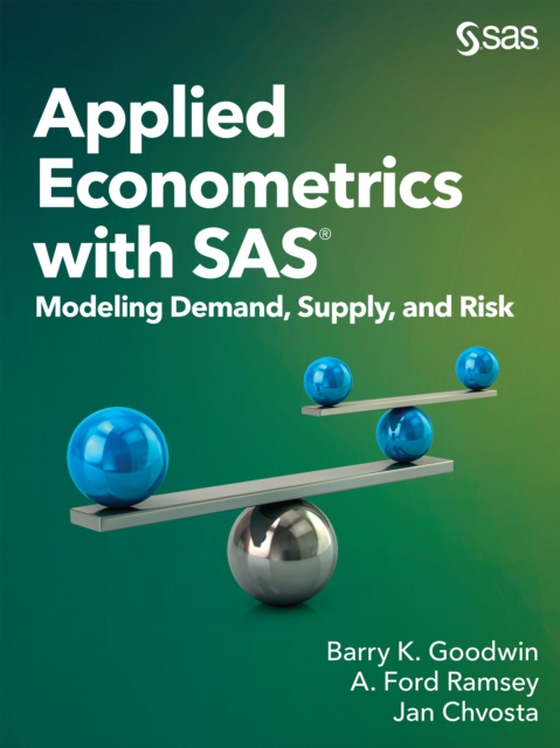
Applied Econometrics with SAS e-bog
325,62 DKK
(ekskl. moms 260,50 DKK)
Using Applied Econometrics with SAS: Modeling Demand, Supply, and Risk, you will quickly master SAS applications for implementing and estimating standard models in the field of econometrics. This guide introduces you to the major theories underpinning applied demand and production economics. For each of its three main topics-demand, supply, and risk-a concise theoretical orientation leads direc...
E-bog
325,62 DKK
Forlag
SAS Institute
Udgivet
4 april 2018
Længde
180 sider
Genrer
Enterprise software
Sprog
English
Format
epub
Beskyttelse
LCP
ISBN
9781635260502
Using Applied Econometrics with SAS: Modeling Demand, Supply, and Risk, you will quickly master SAS applications for implementing and estimating standard models in the field of econometrics. This guide introduces you to the major theories underpinning applied demand and production economics. For each of its three main topics-demand, supply, and risk-a concise theoretical orientation leads directly into consideration of specific economic models and econometric techniques, collectively covering the following:Double-log demand systemsLinear expenditure systemsAlmost ideal demand systemsRotterdam modelsRandom parameters logit demand modelsFrequency-severity modelsCompound distribution modelsCobb-Douglas production functionsTranslogarithmic cost functionsGeneralized Leontief cost functionsDensity estimation techniquesCopula modelsSAS procedures that facilitate estimation of demand, supply, and risk models include the following, among others:PROC MODELPROC COPULAPROC SEVERITYPROC KDEPROC LOGISTICPROC HPCDMPROC IMLPROC REGPROC COUNTREGPROC QLIMAn empirical example, SAS programming code, and a complete data set accompany each econometric model, empowering you to practice these techniques while reading. Examples are drawn from both major scholarly studies and business applications so that professors, graduate students, government economic researchers, agricultural analysts, actuaries, and underwriters, among others, will immediately benefit. This book is part of the SAS Press program.
 Dansk
Dansk

